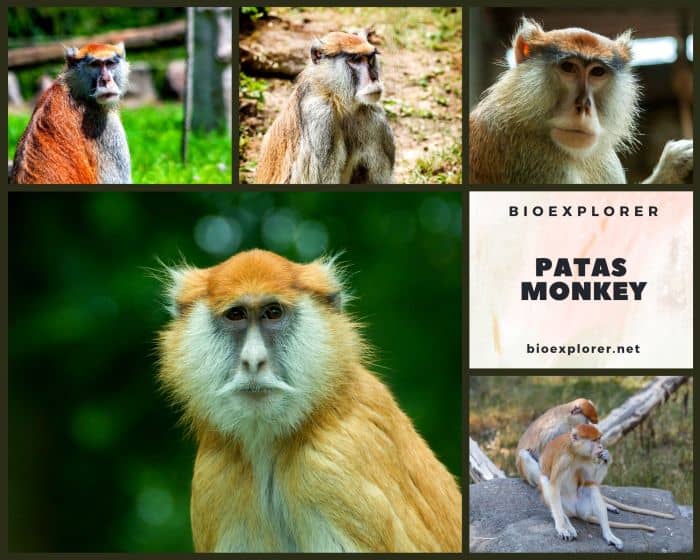
| Animalia | Primates | Cercopithecidae | Erythrocebus | Erythrocebus patas |
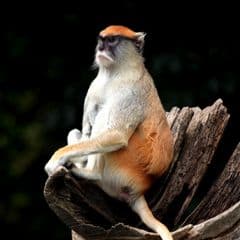

- Common Names: Patas Monkey, Hussar Monkey, Wadi Monkey
- Taxonomy Classification Year: 1774
- Monkey Size: 50 to 70 cm (19.69 to 27.56 in)
- Skin Color(s): Red
- Habitat: Forest, savanna or grassland
- Diet: Herbivorous
- Native Countries: Senegal, Cameroon
Patas Monkey Distribution
Patas Monkey Characteristics
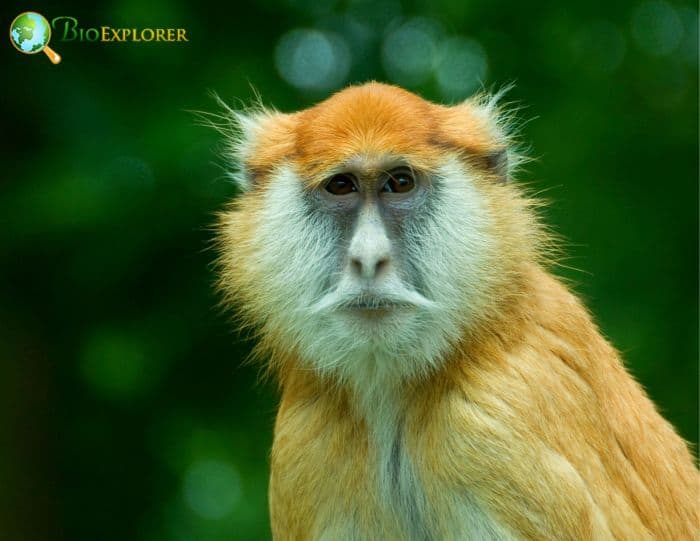
The Patas Monkey[1] (Erythrocebus patas), also called the Hussar Monkey or Wadi Monkey is a terrestrial monkey distributed in semi-arid areas of West and East Africa.
- Patas monkeys have shaggy reddish fur. These monkeys have a structure similar to that of a greyhound.
- The belly is white, as are the legs and feet. In addition, Patas monkeys have chin whiskers and white mustaches.
- They have narrow bodies, long legs for four-legged locomotion, and a prominent thorax. In addition, some authors have pointed out that the eyes are directed forward for binocular vision.
- The nostrils are narrow, close together, and directed downwards. The body is 50-70 cm long, with the rufous-colored tail adding about the same length to the total length. Weights range between 7 and 13 kg.
What Do Patas Monkeys Eat?
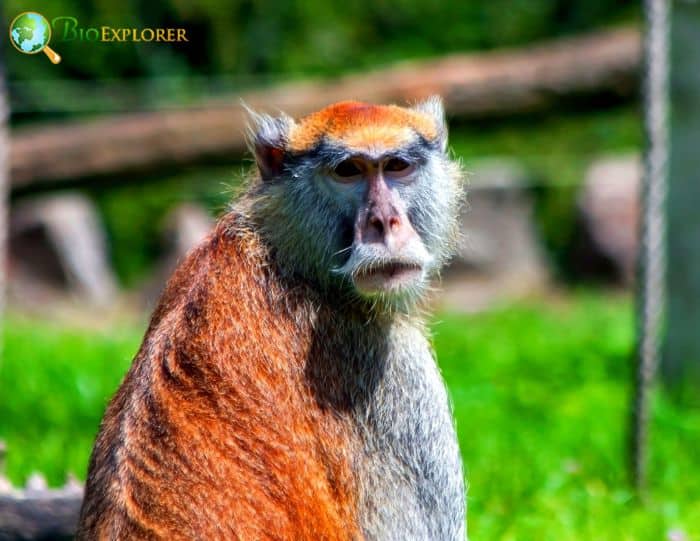
The Patas Monkey primarily feeds on[¶]:
- Chinese Banyan (Ficus thonningii).
- Sacred Garlic Pear (Crateva religiosa).
- Ohia (Celtis zenkeri)
- Guanabanilla (Ouratea striata)
- Ebony Diospyros (Diospyros mespiliformis).
- Fig (Ficus)
- Chinalaurel (Antidesma)
- Hairy Rock Fig (Ficus glumosa).
What Eats Patas Monkeys?
Spotted Hyenas (Crocuta crocuta) and Leopards (Panthera pardus) are the primary predators of Patas Monkeys[§].
Patas Monkey Facts
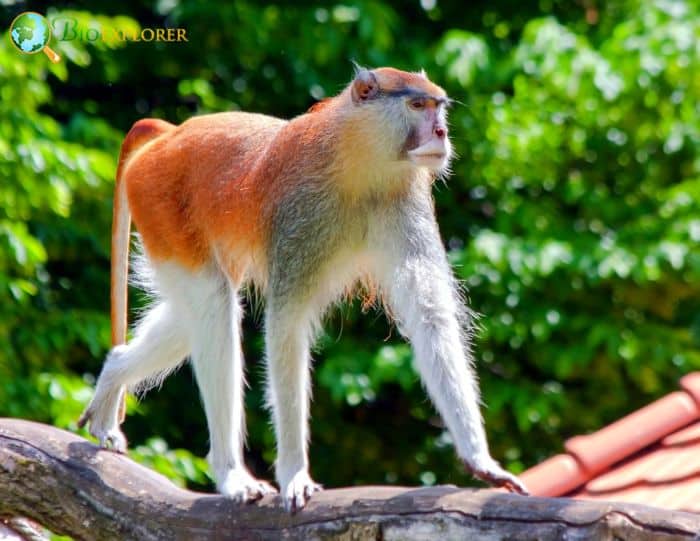
- The patas monkey lives in multi-female groups of about 60 individuals (although much larger aggregations have been reported).
- Patas monkeys may avoid each other or behave aggressively. This may seem counterintuitive as their ranges are extensive.
- Once the young males attain sexual maturity (around four years old), they leave the group and usually join groups of males.
- Mating in patas monkeys is seasonal, occurring during the rainy season.
- Unlike other primates, Patas monkeys rarely seek refuge in trees from predators. This is probably due to the relatively sparse tree cover in the habitats of the Patas monkeys.
Suggested Reading: All Types of Monkeys
Cite This Page
APA7MLA8Chicago
BioExplorer.net. (2025, November 03). Patas Monkey. Bio Explorer. https://www.bioexplorer.net/animals/mammals/monkeys/patas-monkey/.
BioExplorer.net. "Patas Monkey" Bio Explorer, 03 November 2025, https://www.bioexplorer.net/animals/mammals/monkeys/patas-monkey/.
BioExplorer.net. "Patas Monkey" Bio Explorer, November 03 2025. https://www.bioexplorer.net/animals/mammals/monkeys/patas-monkey/.











